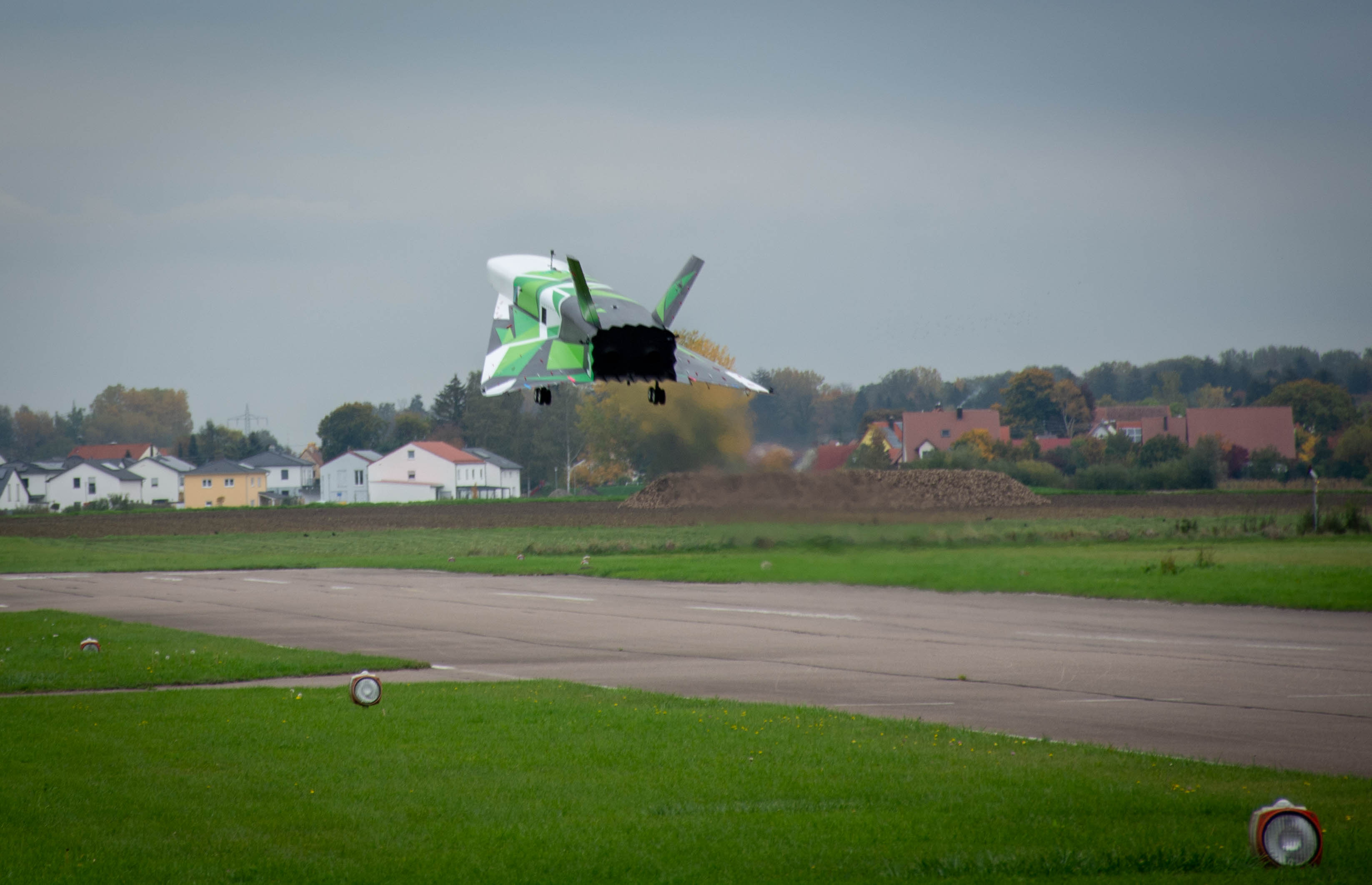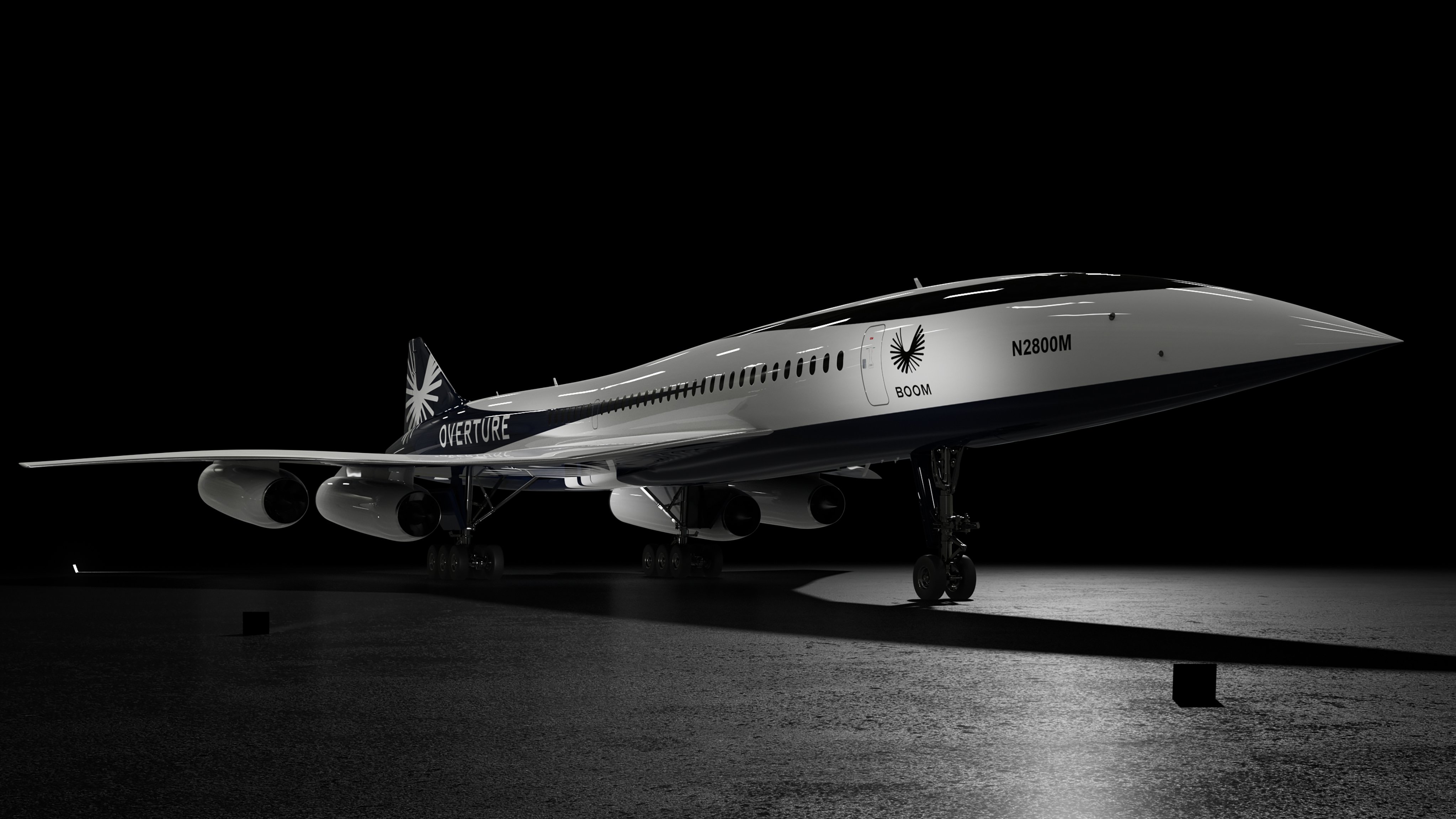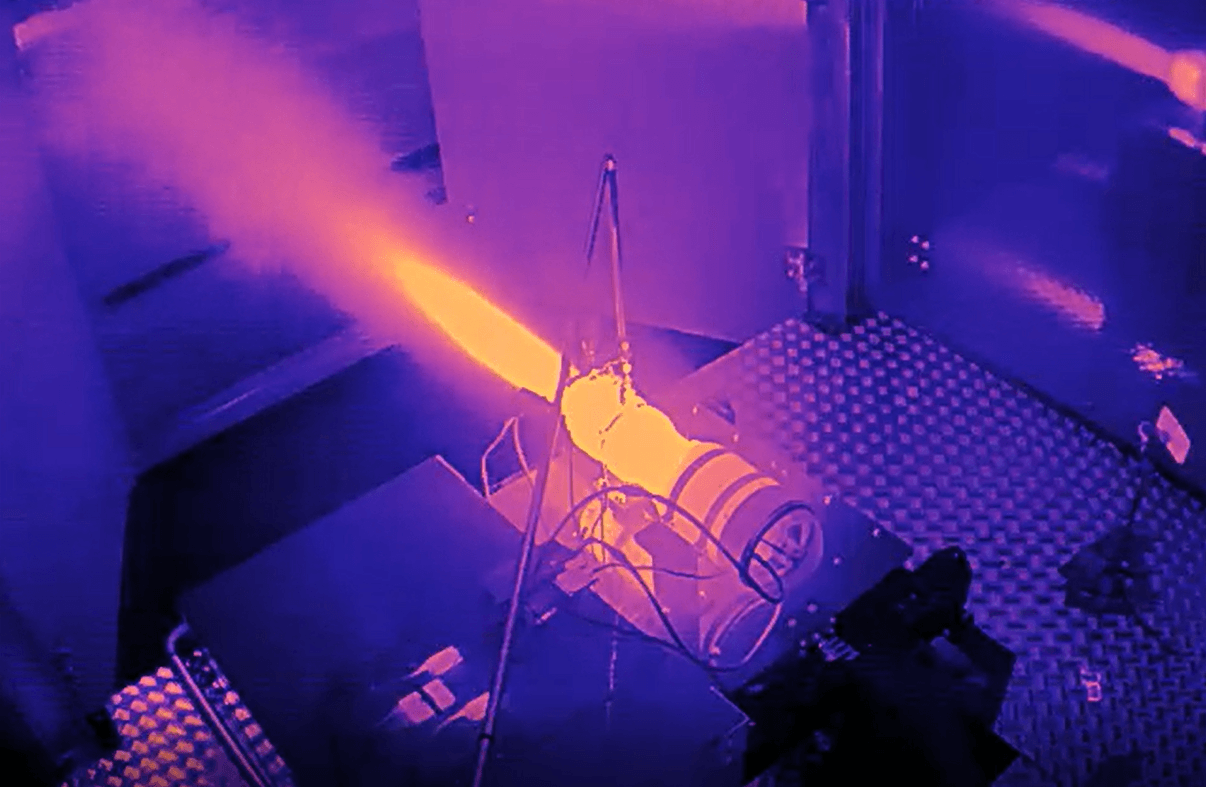This month Swiss startup Destinus gets closer to its aim to make long-distance flights fast. It has a highly ambitious plan for hypersonic green hydrogen-fueled aircraft to fly us from Sydney to Frankfurt in 4 hours and 15 minutes instead of 20 hours.
On Friday, the company announced its participation in a strategic initiative with the Spanish Ministry of Science's Centro para el Desarrollo Tecnológico e Industrial (CDTI) program to advance the use of hydrogen in aviation.
A Spanish research program led by ITP Aero aims to develop a hydrogen-powered aircraft engine and conduct its first tests by 2025. The consortium includes Ajusa and Aerotecnic and is funded by a €12 million grant from the Spanish government to construct a test facility near Madrid.
Destinus will assist in designing and iterating the test facility.
A second grant of €15 million is funding research into aspects of liquid hydrogen-powered propulsion to test innovative propulsion system solutions for future supersonic hydrogen-powered aircraft.
I spoke to Martina Lofqvist, Senior Business Development Manager at Destinus, to learn more about the company's progress.
Fly to Asia for breakfast
Destinus wants to make it possible to fly to Singapore for a breakfast meeting or a quick weekend trip to the US. To say it is ambitious is an understatement.
Destinus' goal is for aircraft to fly at hypersonic speed, meaning they exceed five times the speed of sound, starting at speeds of Mach 5. This is over twice the speed of the supersonic Concorde which ceased operations in 2003. The Concorde operated at Mach 1 speed.

And the key to propelling fast transportation is green hydrogen – hydrogen produced by splitting water into hydrogen and oxygen using renewable electricity. When compared to the mass of kerosene, which conventionally powered aircraft, it's three times more energy efficient.
In renewable energy circles, hydrogen is always "having a moment", but has struggled in real-world execution. Currently, over 95% of the hydrogen available is produced using fossil fuels, and we will need a lot more at a lower cost to become viable.
However, Lofqvist predicts that green hydrogen and kerosene costs will meet within the next five years.
"Potentially, in 15 to 20 years, it will become cheaper to fly with hydrogen than fuel-powered planes."
A shared vision for sustainable aviation at speed
There is so far no hypersonic commercial aviation. Commercial supersonic passenger flights ended in 2003 when Air France and British Airways retired Concorde.
But the potential has captivated companies like Boeing for decades, who plan to test a hydrogen-powered jet engine by the middle of the 2020s.

Boom has plans for supersonic flight in the US, and Hermes is partnering with government agencies, including the US Air Force and NASA, to develop a series of autonomous aircraft. Venus wants to get you from LA to Tokyo in an hour.
Hypersonix is developing green scramjet engines and hypersonic aerospace design and engineering in Australia.
On the green hydrogen side of things, in the UK, Zero Avia is going all-in on hydrogen-electric powertrains, while Boeing is developing a hydrogen fuel cell system for its ZEROe concept aircraft, aiming to have hydrogen-powered aircraft in service by 2035.
And earlier this month, Universal Hydrogen Co flew a 40-passenger regional airliner using hydrogen fuel cell propulsion. Even budget airline EasyJet rates hydrogen.
Last week Thomas Haagensen, easyJet's European director, told EURACTIV:
"We want to make sure that investments in don't distract from any investments in hydrogen, for instance, where we see the future of aviation for short-haul… Everyone needs to start thinking about the future technology and about hydrogen as a potential solution."
Leveraging partnerships over competition
According to Lofqvist, the more players in the supersonic/hypersonic and green hydrogen space, the more opportunities for collaboration.
Aviation R&D is expensive, and Destinus aims to develop cross-sector technologies such as hydrogen storage tanks and its hydrogen ground testing facilities.
Lofqvist explained,
"We're looking at making spin-offs of a few of the things that we're developing and becoming experts in the services that we can provide, which also helps create short-term revenue and not just rely on private investor funding."
The company is also in talks with government and airport authorities in places like France, Spain, and Australia to develop standardised practices so that all hydrogen aeroplanes in the future will have the same kind of refuelling.
"Because it's not just for us. It's also for other companies like Airbus and Avia Zero."
Destinus is also working on a study with industry players and the European Commission to define hypersonic aviation's optimal high-altitude flight routes, which currently sit somewhere above commercial skies and below space.
She explained, "Right now, above 18 kilometres, you don't have any regulations."
Destinus is also developing hydrogen afterburners to attach to commercial off-the-shelf jet engines, which speeds up time to market, especially as finding someone to develop a specialist engine is challenging.


It's currently working on a prototype that will fly in 2024 powered by liquid hydrogen at an airport on the West Coast of France.
Destinus' second prototype, Eiger, conducted its maiden flight on April 13th, 2022, at an airport near Munich. In November 2022, Destinus flew Jungfrau, its first prototype subsonic vehicle, for a second time at an airport near Munich.
The secret of innovation at speed
With all this activity, it's easy to forget that Destinus only started in 2021. Oh, and it's raised over €40 million without even hitting Series A funding.
Lofqvist attributes the company's speed to several factors.
Founder CEO Mikhail Kokorich has a solid entrepreneurial background in logistics, transport and aviation: "A lot of investors from his previous company, [ space transport for satellites Momentus invested in this company as well."
The experienced team enjoys a flat structure of matrix models where dedicated teams work on specific projects, improving efficiency. Destinus also hires people capable of picking up work in other areas "because you never know what you will need."
Further, the company's focus on R&D, collaboration, and generating revenue – as well as rolling out offices across Germany, Spain, and France, making it eligible for additional government funding – mean that Destinus is miles ahead of many early-stage startups its dream to take you around the world in four hours, will before long become a reality.



Would you like to write the first comment?
Login to post comments